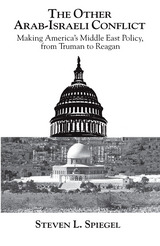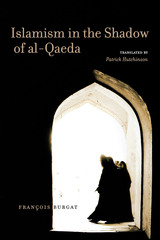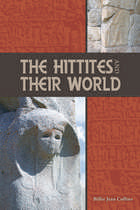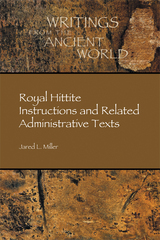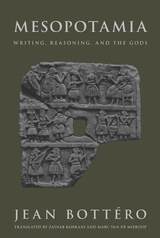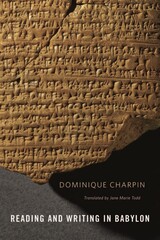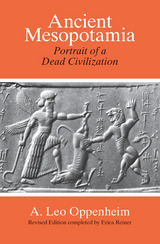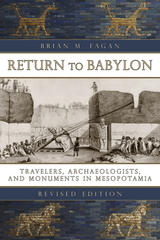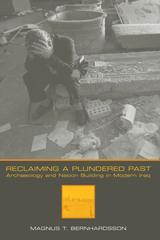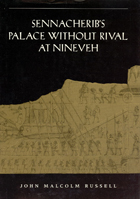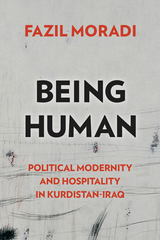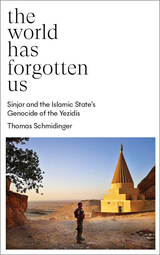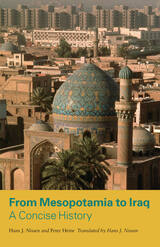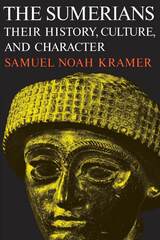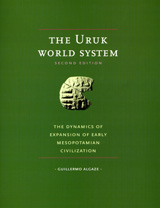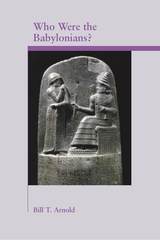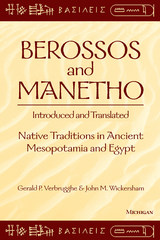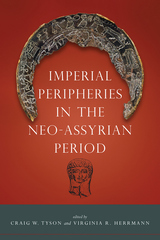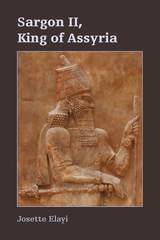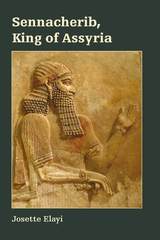Sennacherib's "Palace without Rival" at Nineveh
University of Chicago Press, 1991
Cloth: 978-0-226-73175-9
Library of Congress Classification DS70.5.N47R87 1991
Dewey Decimal Classification 935
Cloth: 978-0-226-73175-9
Library of Congress Classification DS70.5.N47R87 1991
Dewey Decimal Classification 935
ABOUT THIS BOOK | AUTHOR BIOGRAPHY | TOC
ABOUT THIS BOOK
Best known today from biblical accounts of his exploits and ignominious end, the Assyrian king Sennacherib (704-681 B.C.) was once the ruler of all western Asia. In his capital at Nineveh, in what is now northern Iraq, he built what he called the "Palace without Rival." Though only scattered traces of this magnificent structure are visible today, contemporary written descriptions and surviving wall reliefs permit a remarkably detailed reconstruction of the appearance and significance of the palace.
An art historian trained in ancient Near East philology, archaeology, and history, John Malcolm Russell marshals these resources to investigate the meaning and political function of the palace of Sennacherib. He contends that the meaning of the monument cannot be found in images or texts alone; nor can these be divorced from architectural context. Thus his study combines discussions of the context of inscriptions in Sennacherib's palace with reconstructions of its physical appearance and analyses of the principles by which the subjects of Sennacherib's reliefs were organized to express meaning. Many of the illustrations are published here for the first time, notably drawings of palace reliefs made by nineteenth-century excavators and photographs taken in the course of the author's own excavations at Nineveh.
An art historian trained in ancient Near East philology, archaeology, and history, John Malcolm Russell marshals these resources to investigate the meaning and political function of the palace of Sennacherib. He contends that the meaning of the monument cannot be found in images or texts alone; nor can these be divorced from architectural context. Thus his study combines discussions of the context of inscriptions in Sennacherib's palace with reconstructions of its physical appearance and analyses of the principles by which the subjects of Sennacherib's reliefs were organized to express meaning. Many of the illustrations are published here for the first time, notably drawings of palace reliefs made by nineteenth-century excavators and photographs taken in the course of the author's own excavations at Nineveh.
See other books on: Architecture | Buildings, structures, etc | Civilization | History
See other titles from University of Chicago Press

